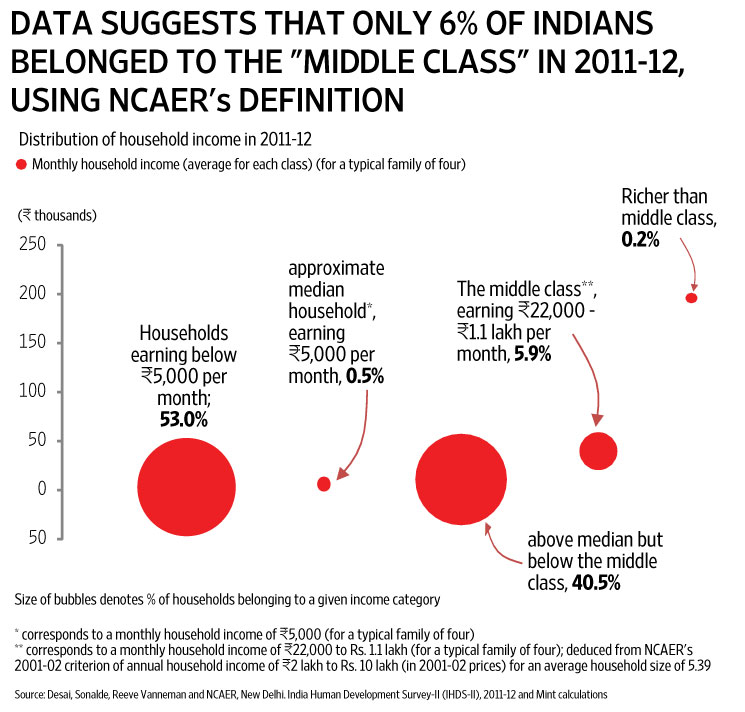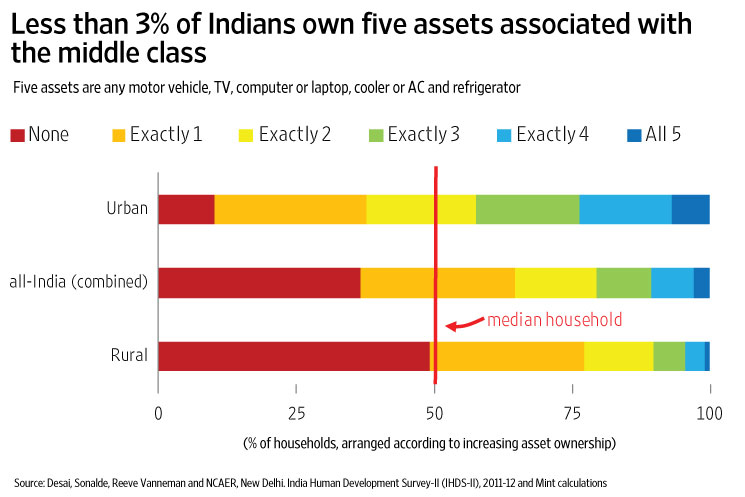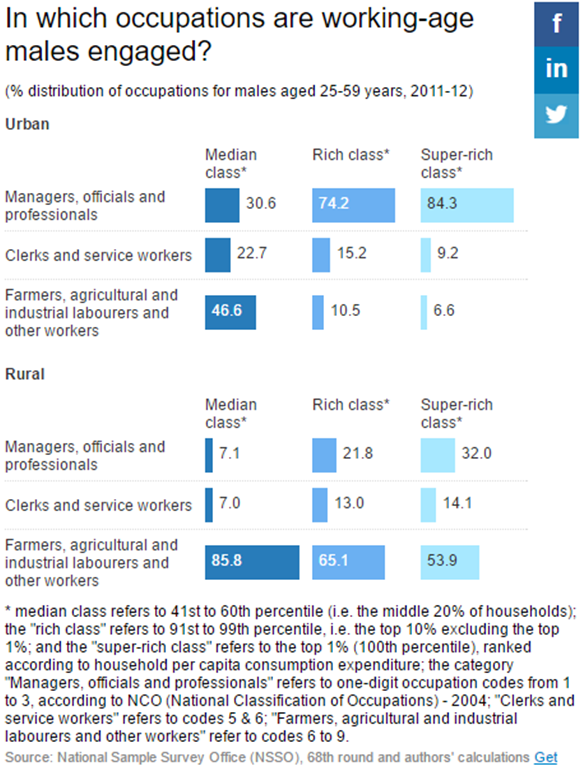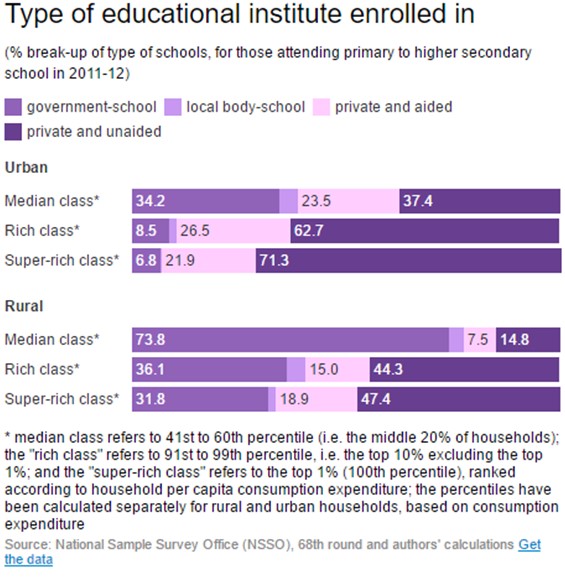IASbaba's Daily Current Affairs Analysis, IASbaba's Daily Current Affairs July 2016, National, Science and Technology, UPSC
Archives
IASbaba’s Daily Current Affairs – 28th July, 2016
NATIONAL
TOPIC:
General Studies 1
- Capitalism, socialism etc.- their forms and effect on the society.
- Social empowerment, regionalism & secularism.
General Studies 2
- Issues relating to development and management of Social Sector/Services relating to Health, Education, Human Resources.
Bridging gap between middle and median class
- India’s poverty debate and huge increase in billionaires post 1991 economic reforms are well known.
- However, not much has been known where middle class in this and how it has fared.
- More than a class between rich and poor, it is more of a socio-economic construct.
Middle class and their self-perception

Photo credit: http://www.livemint.com/r/LiveMint/Period2/2016/07/28/Photos/Processed/g-middleclass(pfcts)1.jpg
- As per National Council of Applied Economic Research (NCAER), India’s middle class was expected to be around 5-6% of the total population (2001-02)
- Estimate based on Market Information Survey of Households
- Included household with annual income in range of Rs. 2-10 lakh
- In 2011-12, as per India Human Development Survey (IHDS)- done by NCAER + University of Maryland- the share of middle class was just below 6% of the total population
- The estimate household annual income was in range of Rs. 2.7-13.4 lakh
- The price change and decline in average family size were taken into consideration to determine middle class household income range.
- Wholesale Price Index used to make price adjustments
Middle class and median class
- The NCAER survey fixed 22000 per month as the minimum criteria to be a middle class. (average family of four)
- See above à the estimated household annual income range starts from Rs. 2.7 lakh
- In this survey, 49% of the respondents having monthly income of Rs.5000 identified themselves as middle class
- The NCAER survey gave only three choices to respondents- rich, poor or middle class
Lok survey- 2014
- It is a series of surveys to study the changing social and political attitudes in India (done by University of Pennsylvania)
- Of a sample size more than 62,000, 49% of the respondents identified themselves as middle class
- It included even those in the lowest of the five designated income groups of the sample
The middle class notion
- More than 60% respondents of Lok Survey identified themselves as middle class as they were optimistic about increasing living standards in future even when at the given point of time, they did not enjoy all material comforts.
- On the other hand, the relatively rich have identified themselves as poor
- IHDS 2011-12 survey showed that even within the richest 20% of urban households, ranked by per capita income, more than 8% of them identified themselves as poor.
- Thus, middle class is more of a socio-economic construct than a statistical category. It is more about self-perception than reflection of material well-being
Median is not middle
Consumer durables

Photo credit: http://www.livemint.com/r/LiveMint/Period2/2016/07/28/Photos/Processed/g-middleclass(pfcts)2.jpg
- Though almost 50% of Indians aspire to be a part of middle class, the reality differs
- The consumer durables normally associated with the middle class is still a luxury for median class
- From IHDS data, five consumer goods are chosen that are expected to be owned by the middle class
- Any motor vehicle, TV, computer or laptop, cooler or AC and refrigerator.
- At all-India level, rural and urban areas combined, the median household owned only one of the five assets. (2011-12)
- In 90% of the cases, it is the TV
- At urban level, the median household owned two of the five assets
- Most cases were TV and refrigerator
- A household possessing all the five of the mentioned assets, it is among the 75% of all household in India.
- Urban India has 7% of such households, hence, more egalitarian
- Thus, the asset ownership reflects income levels
- Households having all five consumer goods in urban India is 6 times more likely to be among the top income quartile than being in the median quartile.
Employment

Photo credit: NSSO and Livemint
- Usual Principal Status is considered for the occupation for the NSSO survey (2011-12)
- UPS= status of activity on which a person has spent relatively longer time of the preceding 365 days prior to the date of survey. (more than 180 days)
- Median class is relatively engaged more in manual work than the ‘white-collar’ jobs.
- White collar job= performed in an office, cubicle, or other administrative setting.
- Only 31% of the working age men of the urban median class is engaged in white collar jobs like managers, professionals and technicians.
- Still 47% are engaged in work arenas like “metal, machinery and related trades workers”, machine operators, drivers, labourers in construction or manufacturing, etc. which is exactly not a ‘white-collar’ job
- From urban median class to urban rich class, the picture changes drastically.
- 74% working age men are employed in ‘white-collar’ jobs,
- Only 10% of working age men from rich class are involved in ‘non white-collar’ jobs like plant workers
- Less than 30% of the median class working age males of the urban areas had any written job contract
- It included salaried or wage employment, whether regular or casual
- In contrast to it, 60% rich class working age males of the urban areas had a written job contract
- The top 1% urban working age males, who were not self-employed had a written job contract in more than 70% cases.
- Thus, Prima facie, the occupation structure for the three different urban classes suggests that—
- It is the rich and the super-rich together constituting the top 10% of population, whose occupation structure more closely matches our established notions of what constitutes the middle class, rather than the median 20%.
- In rural occupation, manual work dominates for all classes, though there are some differences
- 30% of the median rural class work as either agricultural labourers (excluding farmers who worked on own land) or as construction or industrial labourers.
- However, only 10% of rich rural class are engaged as agricultural labourers or industrial labourers.
New middle class, Old social inequalities
The actual middle class is not only economically but socially also skewed.

Photo credit: NSSO and Livemint
- The richest 10% income class who have income levels to be qualified as middle class is almost entirely dominated by upper caste in urban areas.
- As per NSSO, upper caste (excluding Muslims) constituted 30% of the households in overall urban India
- But, top 1% class of urban India has 73% households by upper caste
- Thus, social inequality is present in almost all indicators of economic well-being in India
- In a recent Oxford University Press blog, two professors from India mentioned that middle class might perpetuate social inequalities than eradicating it.
“Even when the rise of middle class transforms the way people think, behave and relate to each other, the process does not do away with inequalities of caste and community. Those trying to move up in the new social and economic order use their available resources and networks, including those of caste and kinship to stabilize and improve their positions in the emerging social order, with a new framework of inequality,”
Is there a solution?
Yes, EDUCATION

Photo credit: NSSO and Livemint
The notion of an aspirational and upwardly mobile middle class is not just a chimera. Education is a great unifier.
- An overwhelming large section of the population has woke up to the importance of education, irrespective of socio-economic equalities
- In contrast to asset ownership or employment categories, there is little gap in school enrolment levels between various incomes classes
- However, the quality of public education matters as poorer sections go to government schools
Conclusion
- The younger generation needs to be educated if the India’s median class wants to reach the middle class income levels.
- Education will clearly determine whether or not India moves up from its current status of a lower middle income nation to a middle income nation.
Connecting the dots:
- The Indian middle class is significantly different from it’s counterparts in other regions of the world. Do you agree? What are those attributes that impart uniqueness to the middle class in India? Discuss (TLP 2015)
Related articles:
1991 is history: Where do we go now?
Why caste matters less in urban India
NATIONAL/SCIENCE AND TECHNOLOGY
TOPIC:
General Studies 2
- Role of ICT – Important aspects of governance, transparency and accountability, e-governance- applications and models
General Studies 3
- Information and communications technology (ICT) – developments and their applications and effects in everyday life
- Awareness in the fields of IT, ICT and bridging the digital divide
Bridging the digital divide
Importance of ICT
Information and communications technology (ICT) has played an increasingly important role in promoting economic and social development, such as
- enhancing productivity,
- facilitating trade,
- creating quality jobs,
- providing ICT-based services such as e-health and e-learning, and
- improving governance.
We can assess a country’s societal development by considering
- the extent to which there has been penetration of information and communications technology (ICT) especially through the Internet and mobile phone subscriptions
or
- through the degree of press freedom given to the journalists, news organisations and citizens of a country
Access to ICT also gains relevance in the newly adopted Sustainable Development Goals (SDGs) for 2030 of the United Nations, with greater relevance for the least developed countries to be able to provide universal and affordable access to the Internet to its people.
Over-performers, underperformers
Though ICT has promoted development across various dimensions of society from connecting individuals to spreading across businesses, and governments, there exists a digital divide in its accessibility between the high income and low income countries.
Data from World Development Report 2016 shows –
- High income countries typically have greater penetration of digital technology as compared to less developed countries.
- While in high income countries such as Finland, Norway, Denmark, Netherlands and Sweden, over 90 per cent of the population is using the Internet, in lower income countries such as Afghanistan, Sub-Saharan African countries such as Central African Republic, Ethiopia, Tanzania, and Malawi, less than 10 per cent of the population uses it.
- Similarly, with regard to the extent of mobile penetration, Sub-Saharan Africa has the lowest mobile penetration of 73 per cent, compared to 98 per cent penetration in high income countries
From the above stats, we can arrive at a conclusion that – there is a high degree of correlation between the economic progress of a country and its access to ICT. However, this is not true.
There are countries which have over-performed relative to their economic peers in providing digital technology.
- One such country worth mentioning here is Costa Rica, which is the world’s top over-performer, known for its communication technology and also press freedom.
Similarly, there are countries which have underperformed among their income peers on access to information and communication.
- For instance, Cuba, which has the lowest number of mobile phone subscriptions and lowest press freedom index, has been the most underperforming country on access to information and communication.
- Further, two of the world’s most populated countries — India and China — are also among the few underperformers on access to ICT.
India and China are among the underperformers on access to ICT
- India, which has been appreciated globally for providing IT services, faces a huge digital divide, having a relatively low percentage of population with access to the Internet.
- In 2014, it had only about 18 people per 100 using the Internet (World Bank Data).
- China on the other hand has a very weak press freedom index, resulting in its overall low performance on access to ICT.
- Apart from the digital divide existing between countries, there also exists a gap in adoption of digital technology across different demographic groups within the country.
Increasing access to ICT
To be able to promote greater social progress in the world, it is imperative to increase access to information and communication technology universally.
With the world presently scoring 62.99 on a scale of 100 in access to ICT, higher overall social progress could be achieved by overcoming the digital divides that exist between the countries regardless of their level of economic progress.
- One of the ways to bring about greater penetration of digital technology in society is to make it more affordable.
- This could be realised through support from multilateral organisations to the underperforming countries by helping them build their communication infrastructure.
- Promoting greater market competition in Internet provision
- Encouraging public-private partnerships in building ICT infrastructure could increase the affordability of digital technology and thereby improve access to it.
- Further, digital divides could be bridged to an extent by bringing greater awareness among citizens about the use of digital technology which could help in reducing information inequality in society.
- It is also essential to build up the corresponding human capital necessary for making optimal use of the technology.
Conclusion:
ICT proves to play a fundamental role in the improvement of education, the battle against climate change and even the progress on gender equality. Therefore, the significant digital divides need to be addressed through strengthened enabling policy environments and international cooperation to improve affordability, access, education, capacity-building, multilingualism, cultural preservation, investment and appropriate financing.
Connecting the dots:
- India is among the underperformers on access to Information and Communications Technology. Highlight the causes for this underperformance and also discuss why there exists a gap in adoption of digital technology across different demographic groups?
- Why are science, technology and innovation essential for the achievement of the economic and social development of our country?
- Highlight the importance of Information and Communications Technology to India and also suggest strategies to increase its access to ICT.
MUST READ
India still needs to go the distance
Fooled by smartness
Bogeys on the Universal Health Coverage train
Whose forests are these anyway?
Institutionalising Federalism
Rethinking the role of regulators
A hybrid route to renewable power
Natural cover
Meeting China’s ocean challenge














